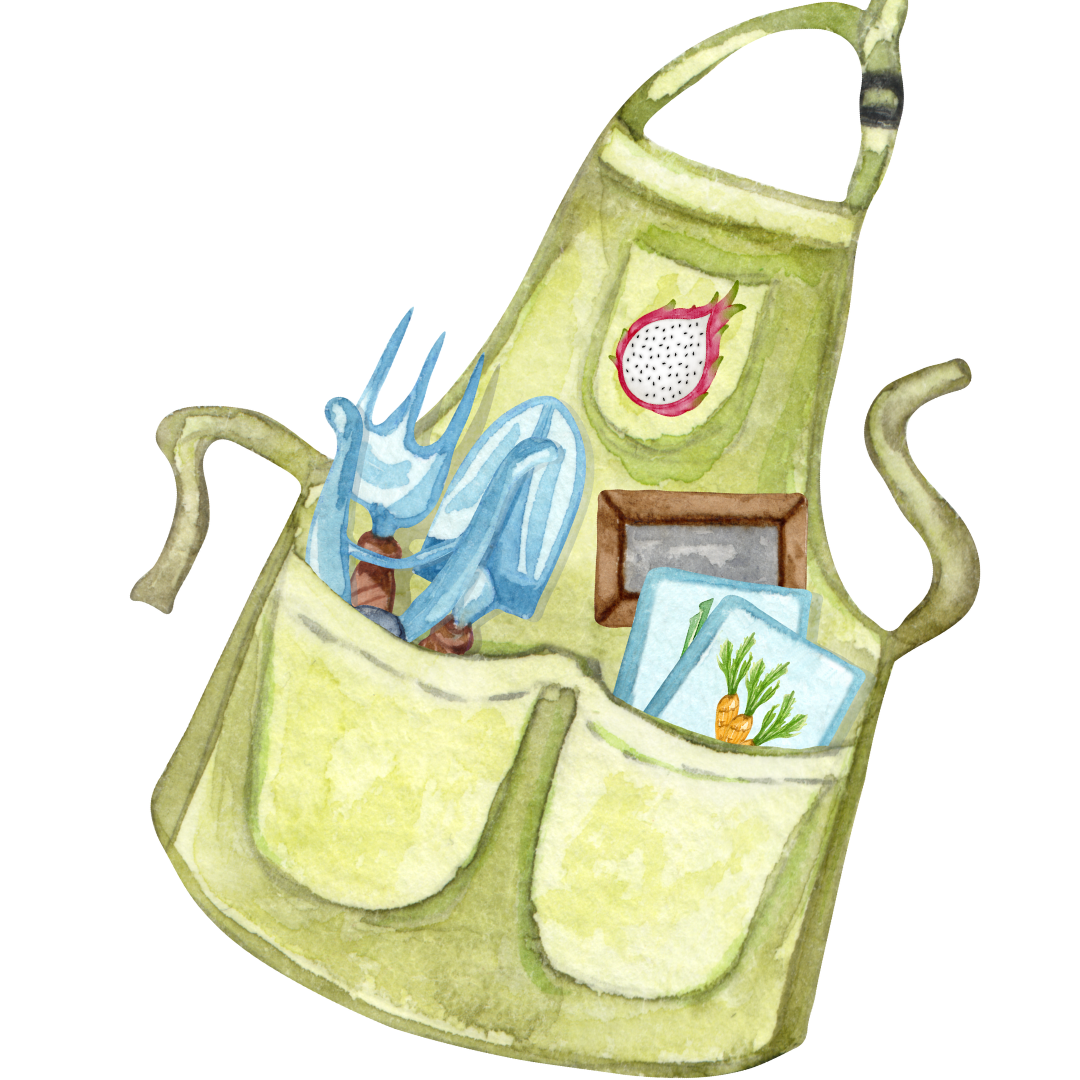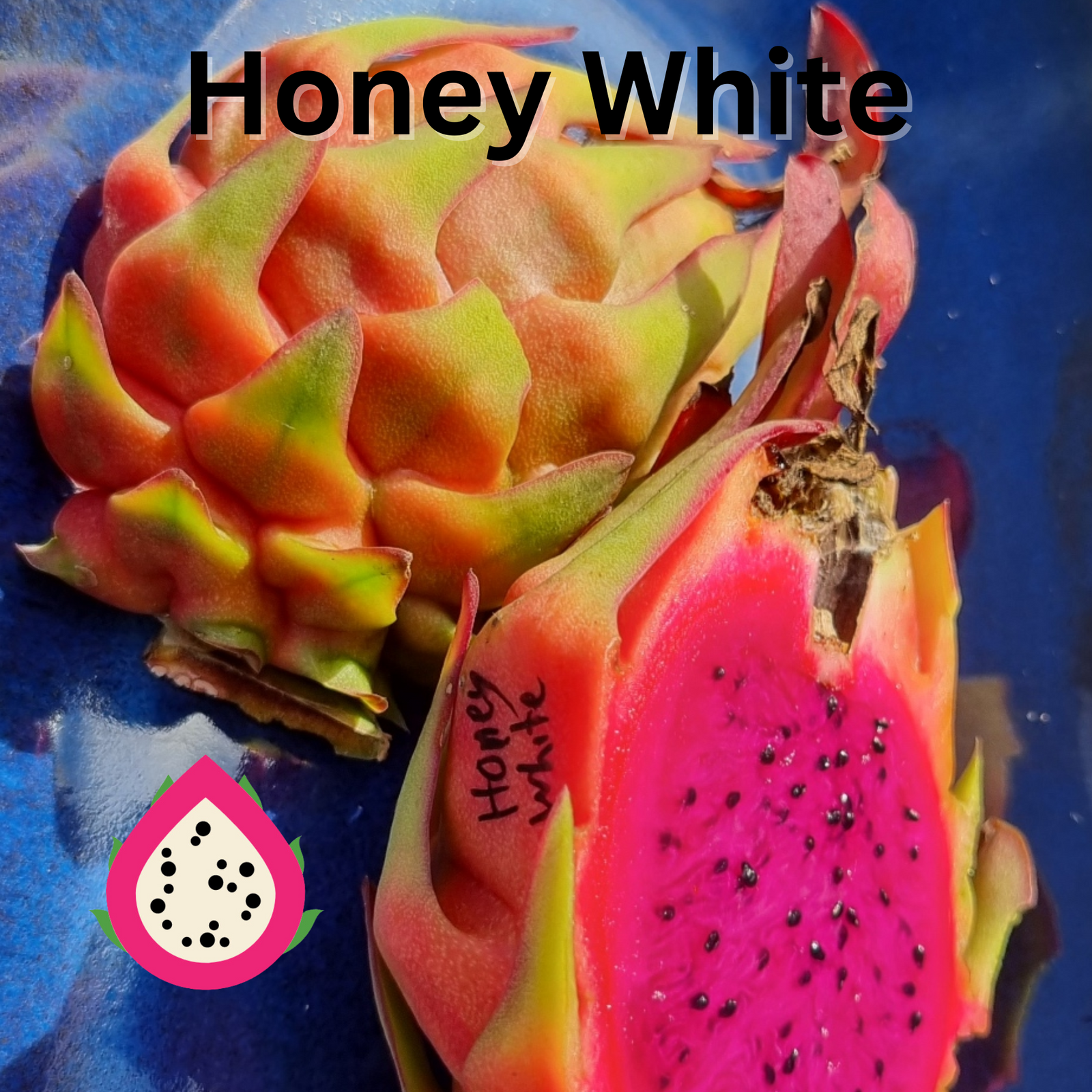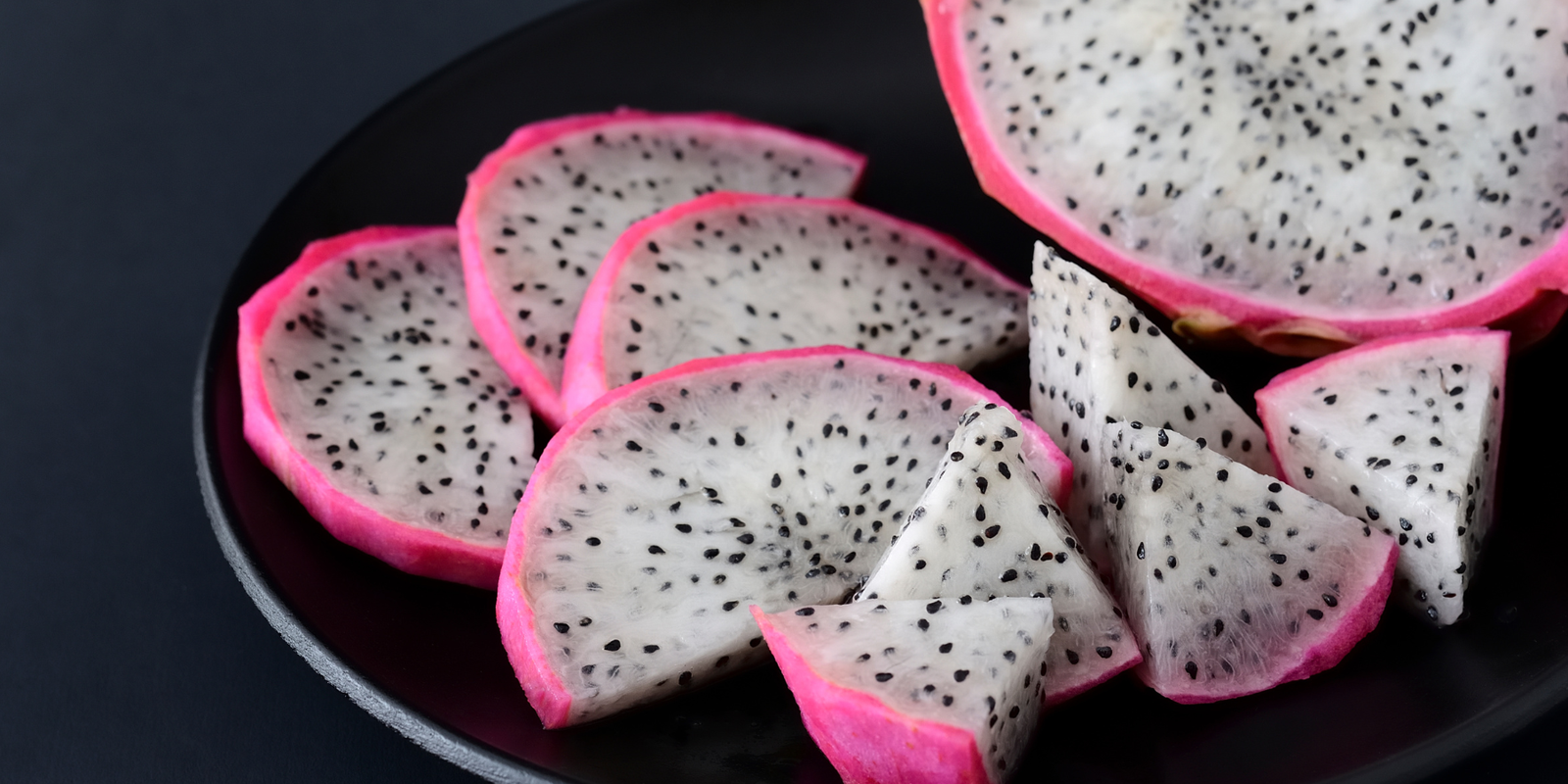
Tips for success when the nights get chilly! 🌿🐉
Dragon fruit (also known as Pitaya) is a tropical cactus that loves warmth, sunlight, and good airflow. While it naturally thrives in northern and coastal regions of Australia, you can still grow dragon fruit successfully in cooler southern states — it just takes a little extra care and creativity.
Choosing the Right Variety
Some dragon fruit varieties are more tolerant to cooler weather than others. If you live in a region with frost or long, cold winters, look for cold-tolerant or hardier hybrids. These varieties tend to handle temperature fluctuations better, but even the hardiest types still need protection from frost. if you build the right structure or take care with planting your options for dragon fruit varieties is unlimited.
Creating the Right Microclimate
When growing in cooler areas, your goal is to keep the plant warm and dry through winter. Dragon fruit doesn’t like cold, wet roots — so the setup makes all the difference.
Here are some of my favorite ideas for southern growers:
🌵 Hanging baskets – Perfect for patios, balconies, or under eaves where the plant can get filtered sunlight and stay dry.
🏡 Under eaves or verandas – Use the radiant warmth from your home’s walls to protect the plant from cold winds.
🌞 Poly tunnels or sun houses – These mini-greenhouses trap heat during the day and release it slowly overnight.
🌿 Pergolas or roofed structures – Offer protection from frost and heavy rain while allowing good airflow.
Focus on Heat Sinking
If you’re growing outdoors, think about how to retain and release heat naturally. Heat-sinking involves placing materials that absorb warmth during the day and radiate it at night. You can use:
-
Dark rocks or pavers around pots
-
Water drums painted black
-
Brick walls that face the sun
These small changes can create a much warmer microclimate for your dragon fruit and extend its growing season.
Winter Care Tips
-
Water sparingly during winter — too much moisture can cause root rot.
-
Use mulch or straw to insulate roots.
-
If a frost is predicted, cover plants with frost cloth or move pots indoors.
Even in cooler climates, it’s completely possible to enjoy your own homegrown dragon fruit. With a few simple adjustments and a bit of heat management, your plants can thrive — and reward you with their spectacular flowers and fruit.
(I’ve added a little drawing below with some setup ideas — feel free to use it for inspiration!)







